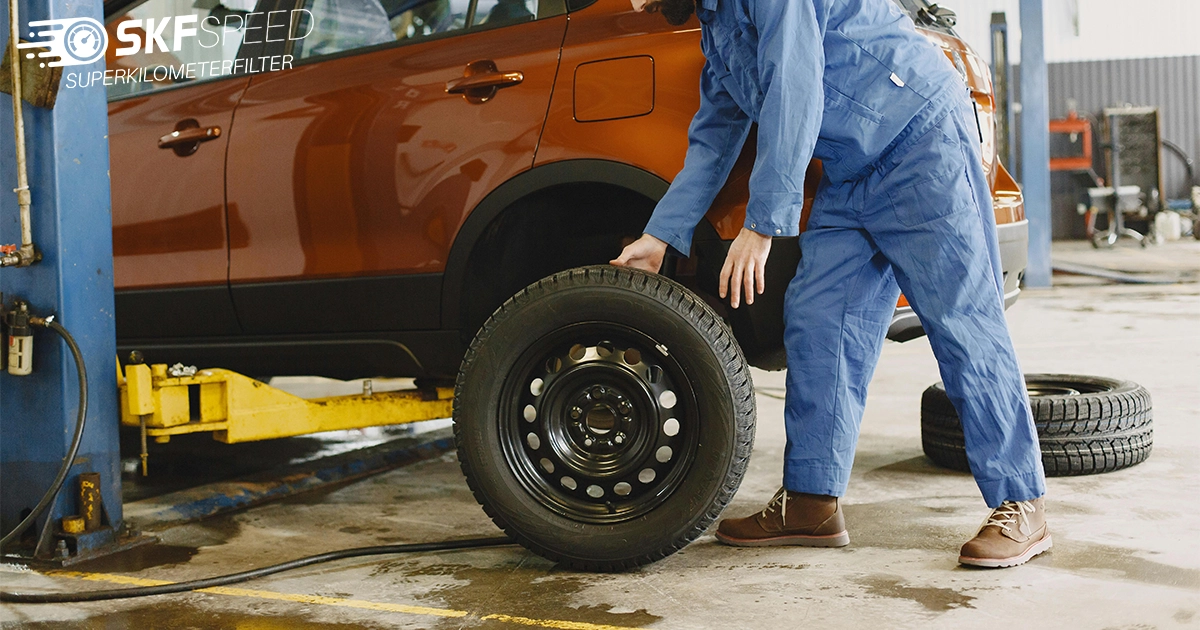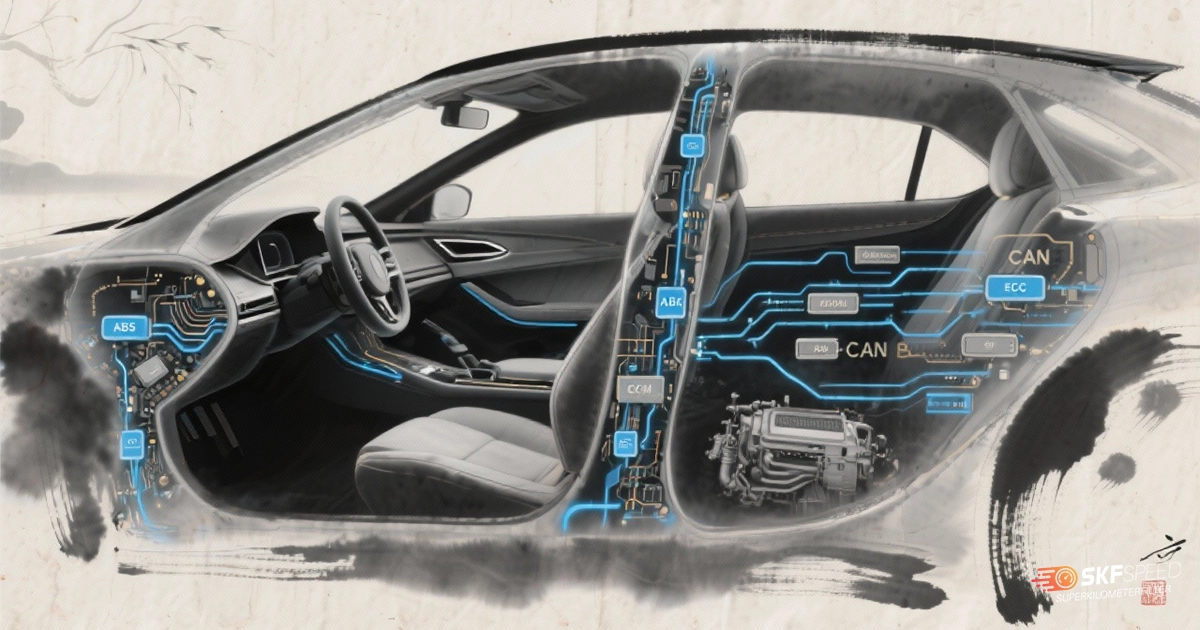
As a car owner, you understand how important maintenance is for your vehicle’s safety, performance, and lifetime. Mileage is an important factor in deciding how long your tires will last, but it is not the only thing to consider. If you’re wondering when you should replace your old tires, the answer isn’t just a number on your odometer. Many factors can impact the durability of your tires, including road conditions and driving habits. Then, how do you know when you should replace them? More factors than you realize might affect your road safety. This article will analyze several crucial signals and factors that go beyond the distance you’ve driven and help you determine the perfect time for tire replacement.
Most passenger vehicle tires typically last between 50,000 and 80,000 miles, but this can vary widely. The lifespan of your tires depends on factors like the type of tire, the manufacturer, and how well you maintain them. For instance, high-performance tires might only last around 20,000 miles, while well-maintained all-season tires can exceed 100,000 miles.
For example, if you regularly drive on traffic-free roads in moderate weather, your tires might last longer than those of someone who constantly deals with city streets or harsh weather conditions. Also, tire technology keeps evolving, and some manufacturers now offer tires that can last up to 80,000 miles or more under proper care.
Keep in mind that even if your tires have not reached their mileage limitations, other variables, such as age, might require a replacement. Many experts recommend changing tires that are between 6 and 10 years old, regardless of tread depth, because the rubber naturally degrades with time. This aging process might occur even if the tires have seen little use or have been meticulously kept.
A number of factors can affect how long your tires last:

You should replace tires after 50,000 – 80,000 miles, as passenger vehicle tires generally last up to 50-80k miles. The replacement period may vary according to various factors, and it is generally accepted to replace tires after 50,000 miles. Also, if your tires are over 6-10 years old, you need to replace them despite the accumulated mileage.
However, replacement timing might vary significantly based on various factors:
Do not rely exclusively on mileage. You need to inspect tires regularly. Some tires may require replacement before achieving a certain mileage, while others may exceed it. Remember that changing tires on time improves your vehicle’s safety and overall performance.
While mileage is a useful indicator, you should also look for additional signs that the tires need to be replaced:
Replacing tires in a timely manner is essential for your car’s safety. Worn tires minimize grip, extend stopping distance, and increase the likelihood of accidents. This is even more dangerous in wet or icy conditions. In an emergency, a weakened grasp might be the difference between avoiding an accident and becoming involved in one.
Another element that will be affected by the tire is your vehicle’s performance. New tires improve handling, turning, and control. Improved performance guarantees that your car will operate without an issue in any scenario.
This may surprise you, but replacing tires can be cost-effective in the long term. Do you wonder how? Changing tires before they become totally worn out will help avoid damage to other elements of your car. Hence, you will save money on future expensive repairs. By investing in fresh wheels at the right time, you improve safety and comfort and save money as well.
Continuing driving with worn-out tires might have disastrous results.

Vehicle mileage and tire wear are tightly connected. The more miles you drive, the more your tires wear down. Hence, this directly affects the lifespan of your tires. This happens because of the constant friction between your tires and the road. Gradually, the process reduces the tread depth and impacts car safety.
Manufacturers usually provide guidelines that indicate tires’ lifespans under normal conditions. However, this information is never precise, as various factors can change the actual lifespan. For instance, your driving habits, following maintenance guidelines, and the terrain can all significantly modify the tire’s longevity.
Let’s discuss some examples. Consider a family vehicle with all-season tires rated to 60,000 miles. The owner usually drives on well-kept highways and complies with a regular maintenance plan. In this case, the tires might get close to or even surpass their allowed mileage, reaching 70,000 miles or more before needing to be replaced.
Now, Imagine a sports car with high-performance summer tires. They are rated for 30,000 miles. If the car owner frequently drives on winding roads and participates in track days, the tires will wear out much faster. Such aggressive tire pressure and hard driving conditions may lead to required replacement just after 20,000 miles.
The mileage blocker completely turns off the mileage tracking mechanism for all control devices. It is made in Germany using high-quality components. The gadget is exceptional in the market because of its features:
In most nations, installing the device is lawful, and it was designed with ethics in mind. Thus, you should only utilize it in a controlled setting and always disclose its use to the future owner of your car. Moreover, the mileage blocker is suitable for almost all car models.
The mileage blocker is immediately available for purchase on the SKF website. Please don’t hesitate to get in touch with support or customer service if you require any details.
Understanding when to replace tires mileage is essential for maintaining your vehicle and improving safety. The general guidelines recommend changing tires after 50,000 miles. However, several factors can affect the final decision. Keep an eye on the condition of your tires and follow routine maintenance for maximum safety.







Here you will find all the details about our company
Here you will find shipping and return related information
Here you will find information on all technical questions
Here you will find helpful information about installation